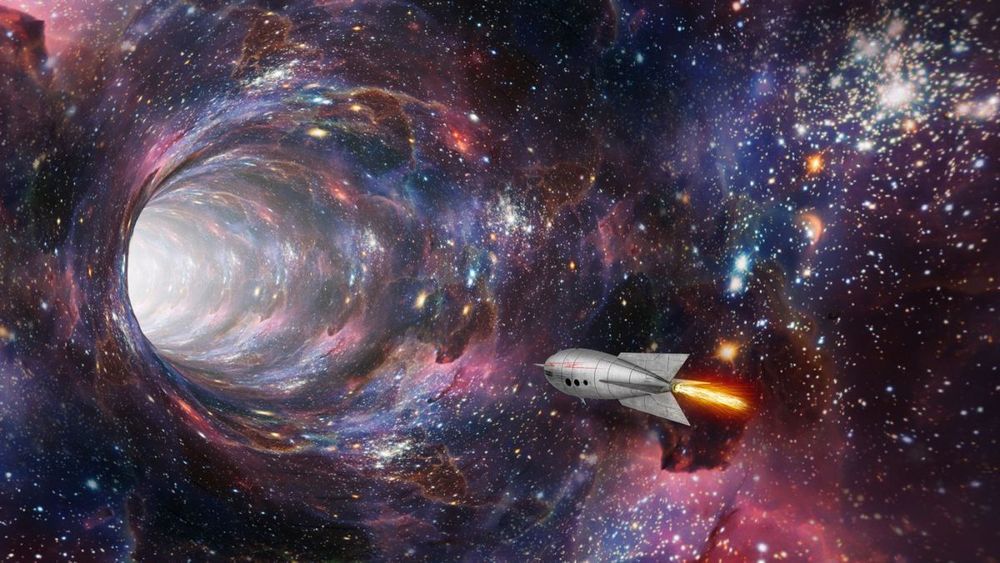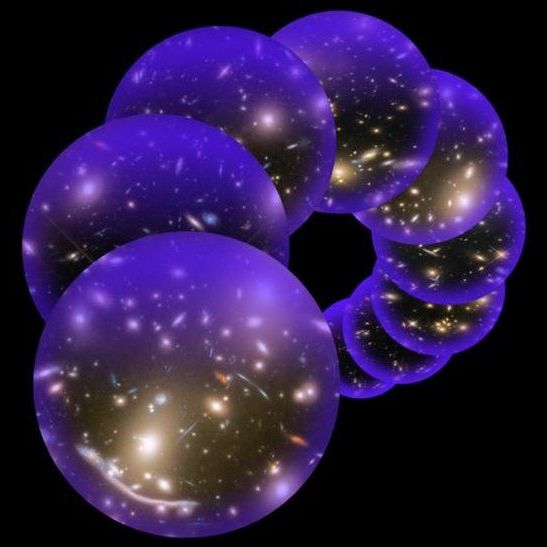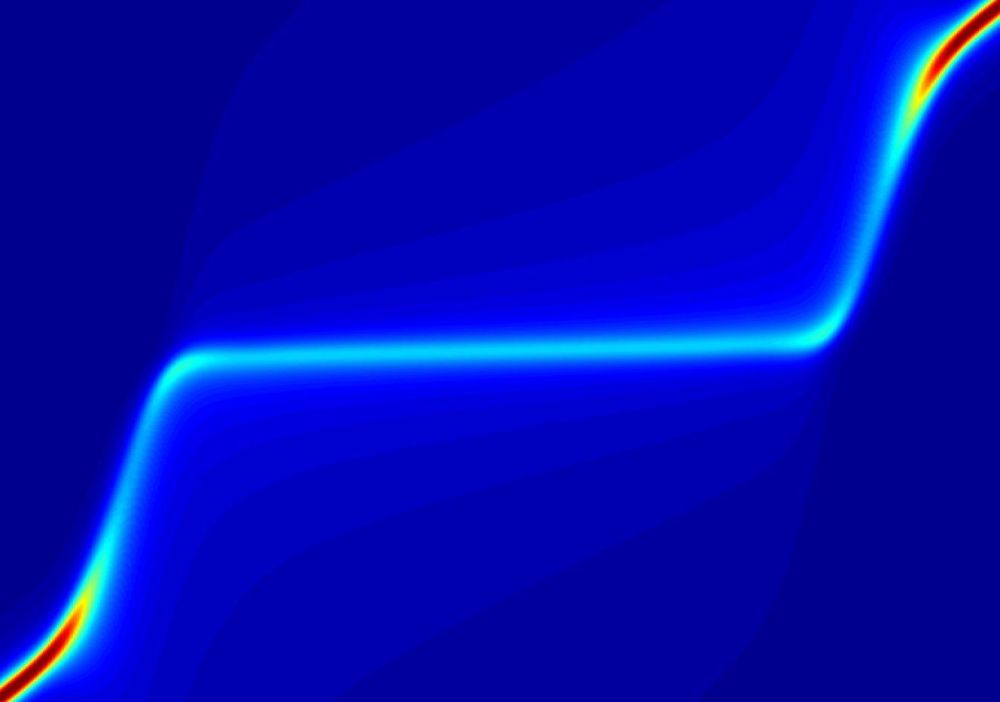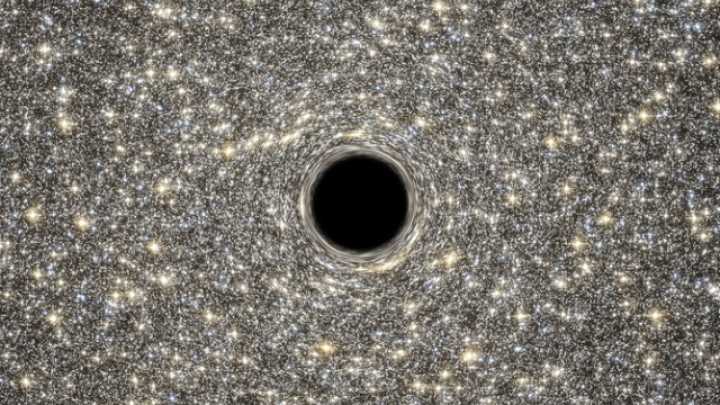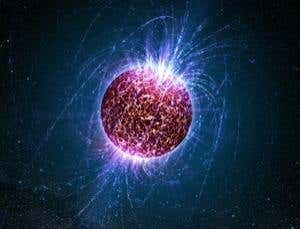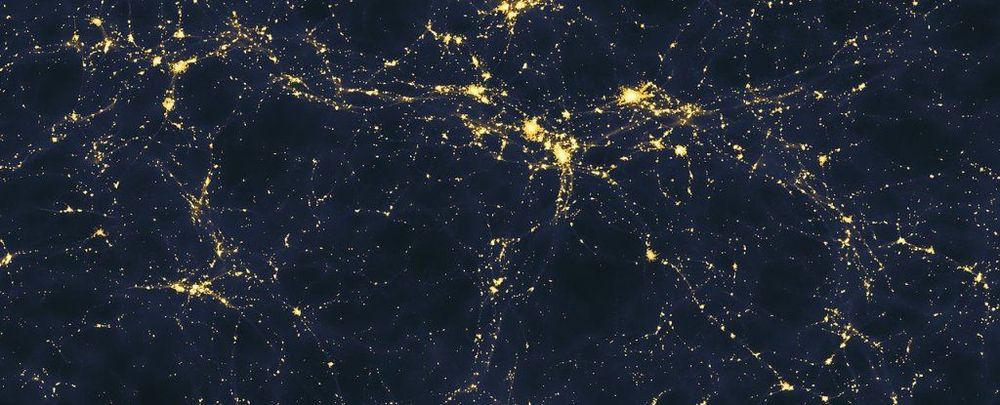Wow. The Chandra X-ray Observatory just celebrated its 20th anniversary of being launched into space! It roared into orbit on board the Space Shuttle Columbia on July 23, 1999.
Chandra was a revolution in X-ray astronomy. This high-energy form of light can’t penetrate Earth’s atmosphere, so you have to launch telescopes into space to see it. On top of that, you can’t easily focus X-rays, since they tend to pass right through mirrors. Awkward. So Chandra uses a set of nested, curved sheets of finely shaped metal set almost edge-on to the incoming X-rays. The photons hit the sheets at extremely low angle and graze off it like a rock skipping on water. In this way, the light is gently coaxed into moving in a different direction, so it can be focused this way.

